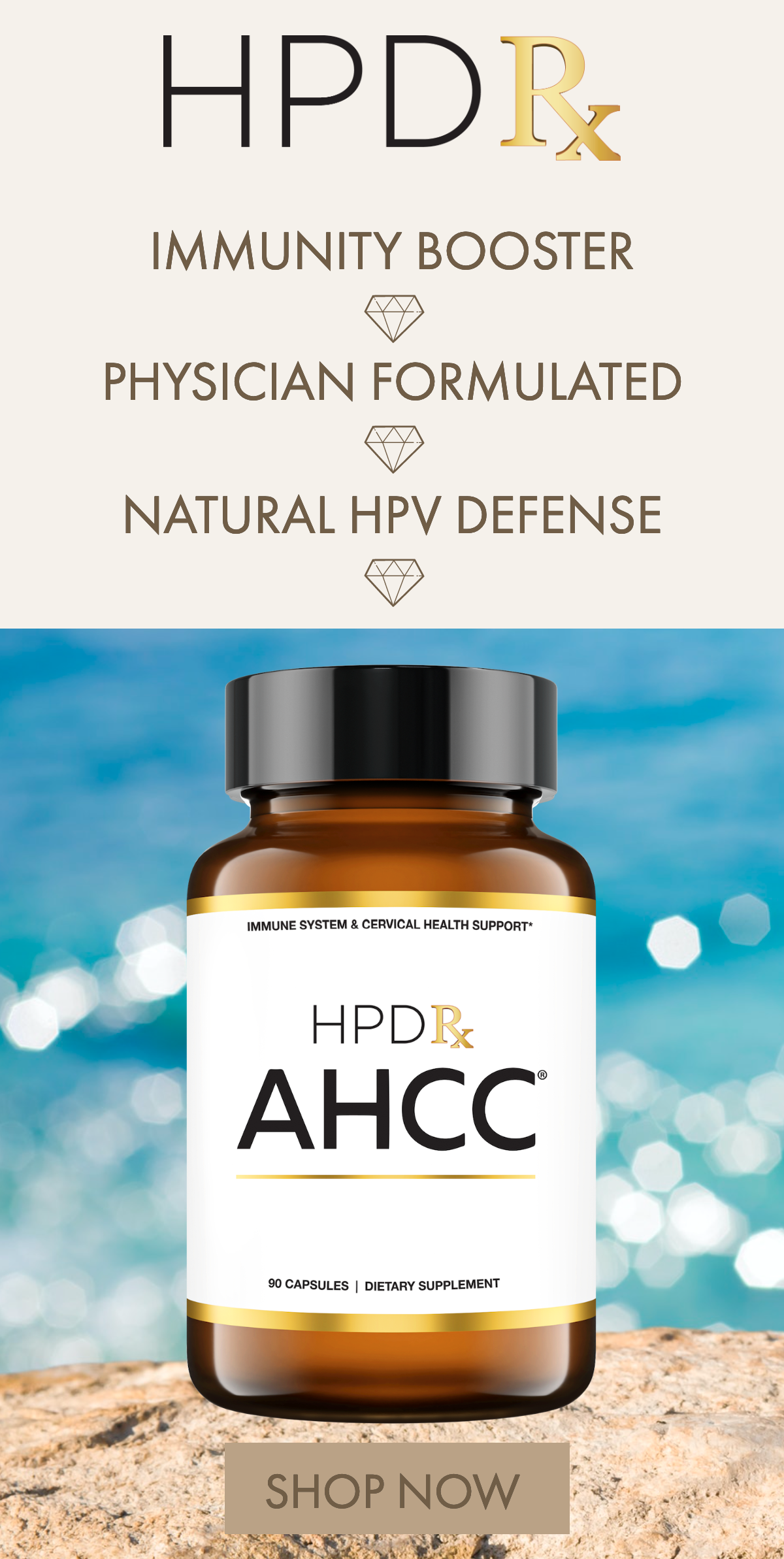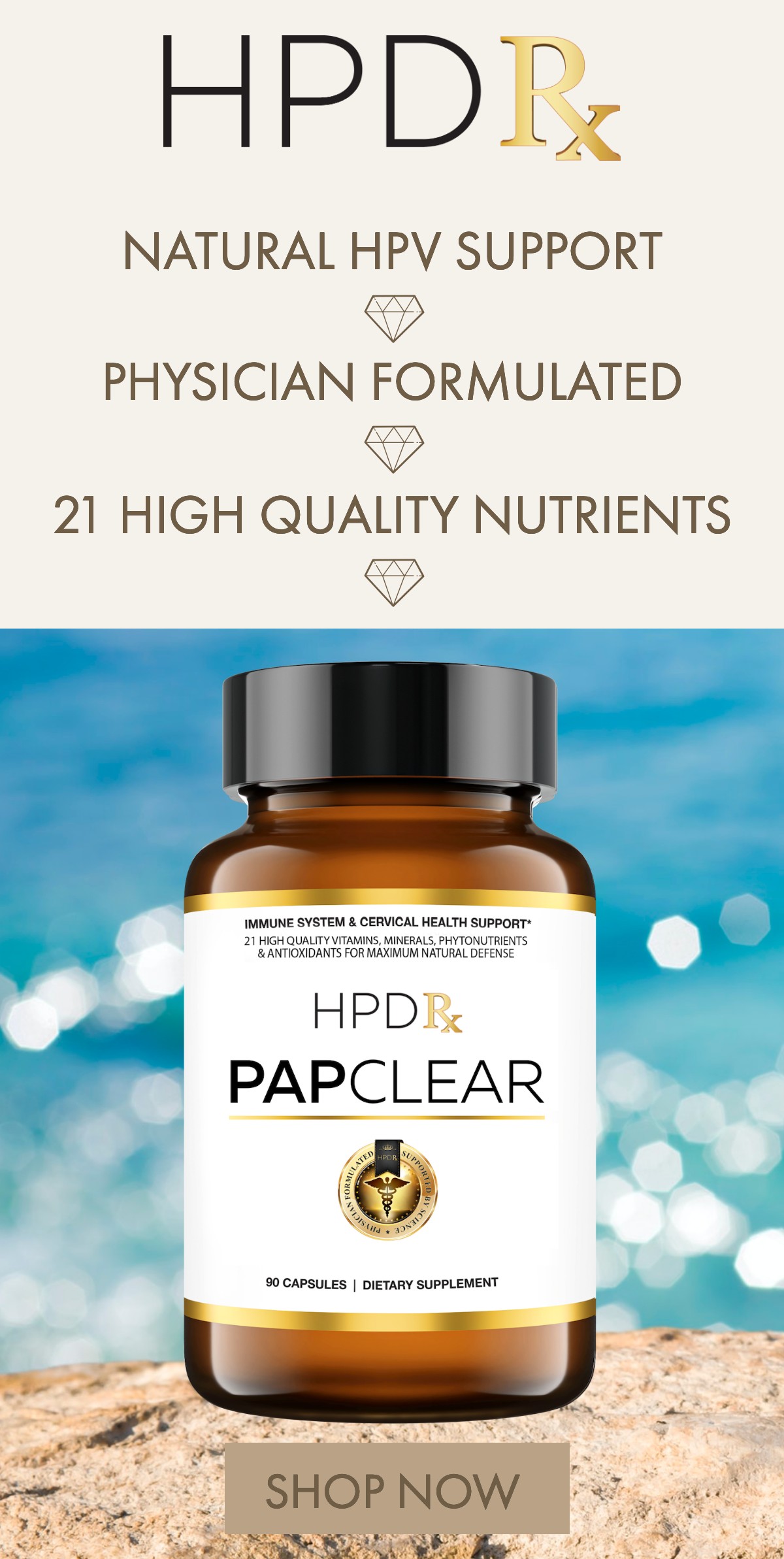
Human papillomavirus, better known as HPV, is the most common sexually transmitted infection in the world. But just how widespread is it? If you’re sexually active, it’s important to understand not only what the HPV statistics are, but what they mean for your personal health.
How Many People Have HPV?
According to the Centers for Disease Control and Prevention (CDC), there are currently more than 42 million Americans with HPV. Each year, about 13 million people in the U.S. are infected with HPV.
Worldwide, it’s estimated that about 12% of women have a cervical HPV infection. The highest rates of infection are found in younger women, particularly in the first years after they became sexually active.
By age 45, about 80% of people who are sexually active will get at least one HPV infection. There are more than 150 strains of the virus, and infections can occur in the following areas of the body:
- Cervix
- Vagina
- Vulva
- Penis
- Anus
- Back of the throat
The Risks of HPV
There’s no question that these HPV statistics are pretty daunting. With a significant portion of the population currently infected, it’s clear that HPV is a potential threat to anyone who’s sexually active.
About 90% of all HPV infections go away on their own within two years. That’s great news, but it still means that 10% of HPV infections don’t clear by themselves, which increases the risk of health problems.
Genital warts, for example, can be caused by an HPV infection. This presents as a small bump or group of bumps in the genital area. Genital warts can be diagnosed and treated by a healthcare provider, but the condition can be uncomfortable and may cause itching, burning, or bleeding.
More concerning is the fact that HPV can cause cancer. In the U.S. alone, about 36,000 cases of cancer in men and women are caused by HPV every year. Overall, more than 95% of all cervical cancers worldwide are caused by HPV. The virus can also cause cancers of the vulva, vagina, penis, anus, or back of the throat.
There are two strains of the virus (HPV 16 and 18) which cause almost half of all high-grade cervical pre-cancers. Fortunately, pre-cancers can often be treated when detected early on.
Ways to Protect Yourself
There are several things you can do to decrease your risk of HPV infection:
Get the HPV vaccine
This vaccine is most effective when administered before someone becomes sexually active, so the ideal time to get it is by age 11 or 12. However, people up to age 26 should still get it if they’re not already vaccinated. For people ages 27 through 45, talk to your doctor about your risk for new HPV infections. Depending on your circumstances, they can provide a recommendation about whether you should get the HPV vaccine.
Always use condoms
When you have oral, vaginal, or anal sex, use a condom to protect against sexually transmitted infections. Although condoms can’t provide 100% protection against HPV, they will lower your risk of infection significantly. Dental dams can also be used during oral sex to minimize risk.
Schedule regular cervical cancer screenings
Women ages 21 to 65 should have regular screenings for cervical cancer. Pap tests check for cell changes that could become cervical cancer. Known as cervical pre-cancers, these can often be treated effectively with minimally invasive procedures. Your doctor can also perform an HPV test to check for the virus that causes these types of changes in cervical cells.
Having HPV isn’t uncommon, and in most cases, it goes away on its own. If you’re sexually active, there’s a high likelihood that you may get it at some point, but that doesn’t mean you should let your guard down. By taking steps to protect yourself, you can reduce the risk of infection and lower the chances of health problems like genital warts and cancer.
Eat Healthy and Build Your Immune System
There is no cure for HPV but having a healthy immune system is always recommended to help your body fight infections. To help boost your immune system consider quitting smoking, decrease your daily stress, and alter your diet. Also consider quality supplementation, and although this is not an HPV cure it will make your system perform better and be in a better place to fight infections.
Sources:
https://www.hpvworld.com/articles/the-frequency-of-hpv-infection-worldwide/
https://www.cdc.gov/std/hpv/stdfact-hpv.htm
https://www.everydayhealth.com/sexual-health/things-you-may-not-know-about-hpv/
https://www.who.int/news-room/fact-sheets/detail/cervical-cancer
https://www.cdc.gov/cancer/cervical/basic_info/screening.htm








